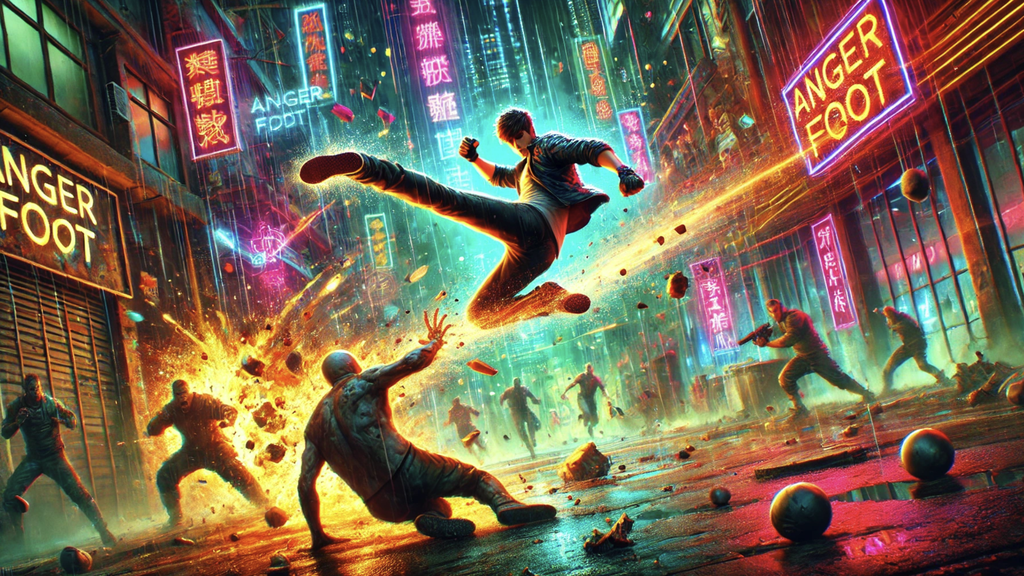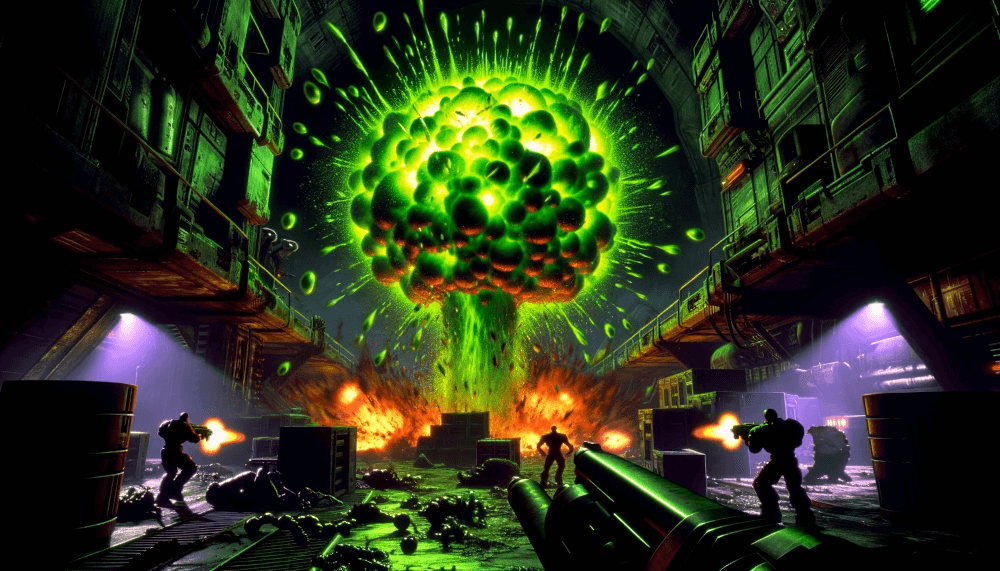Bethesda, known for their ambitious video games, has embarked on a unique mission: directly responding to user reviews on Steam for their latest release, Starfield. This approach, particularly focused on addressing criticisms about loading times and perceived empty worlds, represents a significant shift in how game developers engage with their audience. In this blog post, we’ll delve into the intricacies of Bethesda’s strategy, exploring its potential impact and the broader implications for the gaming community.
Engaging Directly: A Developer’s Perspective
Bethesda’s approach to addressing the mixed reception of Starfield on Steam is as bold as it is unprecedented. The game, which had garnered over 80,000 reviews, received a mixed rating, prompting Bethesda’s developers to take a hands-on approach in tackling negative feedback. Notably, their replies prioritize issues concerning the game’s loading breaks and the expansive but sometimes empty worlds players traverse.
Addressing the Loading Screens
One of Bethesda’s key arguments in defense of loading breaks is the technical necessity due to the game’s expansive, procedurally generated universe. They assert that these loading screens are a minor trade-off for the otherwise seamless experience offered by the game.
Responding to Critiques of Monotony
Starfield’s expansive universe has been criticized for feeling repetitive. Bethesda’s response emphasizes the variability of the game experience based on character choices and progression, suggesting that different playstyles can yield entirely distinct experiences.
Fast Travel and Universe Size
Bethesda also responded to concerns about fast travel diminishing the sense of scale in the game. They clarified their design choices, emphasizing the balance between realism in space travel and gameplay convenience.
The Intention Behind “Empty” Worlds
In response to critiques about the emptiness of some planets, Bethesda explained that this design choice aimed to evoke a feeling of vastness and insignificance in the cosmos. They encouraged players to explore further, emphasizing the game’s focus on discovery and exploration.
NPC Dynamics
Confronting criticisms about the game’s non-player characters (NPCs), Bethesda highlighted the dynamic, unscripted nature of these characters as a feature designed to enhance realism and unpredictability in the game.
The Community’s Reaction: A Mixed Bag
This strategy of directly engaging with reviewers has been met with varying reactions. While some appreciate the developer’s direct involvement, others question the effectiveness of this method in changing public perception of the game. The responses, ranging from apologetic to assertive, reveal Bethesda’s determination to stand by their design choices while also acknowledging the criticisms of their player base.
Suggestions for Enhanced Gameplay
In addition to defending their design decisions, Bethesda’s responses also include suggestions for players to enhance their gaming experience, such as experimenting with different character builds and taking advantage of the New Game+ option.
Conclusion: Navigating the Digital Cosmos of Public Opinion
Bethesda’s direct engagement with Steam reviewers is a bold step in developer-community interaction. Whether this approach will positively influence perceptions of Starfield remains to be seen. What’s clear is Bethesda’s commitment to their vision for the game and their willingness to openly address player concerns. As the digital cosmos of public opinion continues to evolve, such direct interactions may become a more common sight, potentially reshaping the relationship between game developers and their communities.



